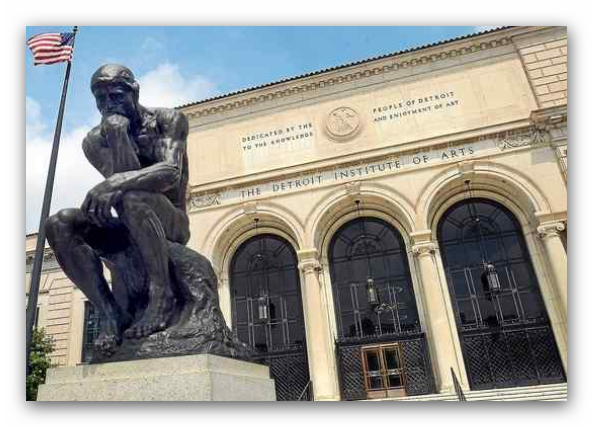Mar 28 2022 - Jan 29 2023
Detroit, MI
Drawn from the Detroit Institute of Arts’ permanent collection, this installation presents a selection of paintings and works on paper by 19th-century Dutch and French realist artists, all of whom were contemporaries of Vincent van Gogh (1853–1890). Highlighting the work of several artists that impacted Van Gogh’s early artistic development, the presentation anticipates and coincides with the DIA’s Van Gogh in America exhibition (October 2, 2022–January 22, 2023).
Van Gogh particularly admired the painterly innovations of the Hague School––a group named for the city in the Netherlands where its core artists lived and worked beginning about 1870. Van Gogh spent time in The Hague in 1869–73 and 1881–83 and knew several of these artists personally. Anton Mauve (1838–1888) and Jozef Israëls (1824–1911) especially captivated the young Van Gogh.
Many of the major themes employed by Mauve, Israëls, and other fellow Hague School artists were also ones taken up by Van Gogh: rural landscapes with waterways, marshes, and dunes in the environs of The Hague; traditional ways of life of peasant and fishing communities; and seascapes with sailboats, windmills, and canals.
Hague School artists took their inspiration from Dutch 17th-century painters and from French artists, known as Barbizon School and working in the tradition of realism, most prominently Jean-François Millet (1814–1875), who featured French peasant and rural themes in his work. Léon-Augustin Lhermitte (1844–1925) followed into Millet’s footsteps and devoted his career to depicting the French countryside. Van Gogh had the life-long regard for Millet and valued the work of Lhermitte––both artists will be included in this presentation.
Exhibition Venues & Dates
Mar 28 2022 - Jan 29 2023
Detroit, MI
